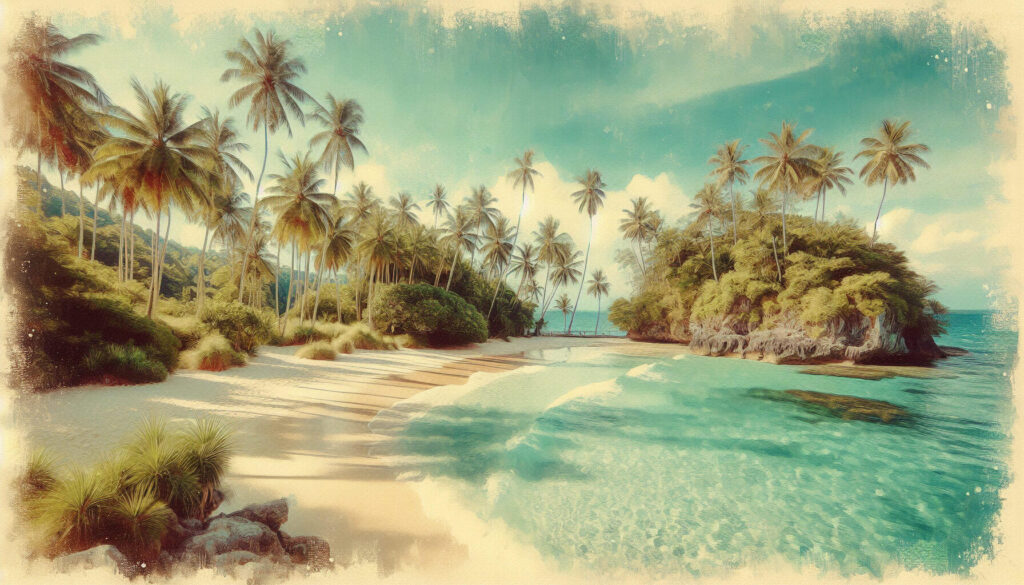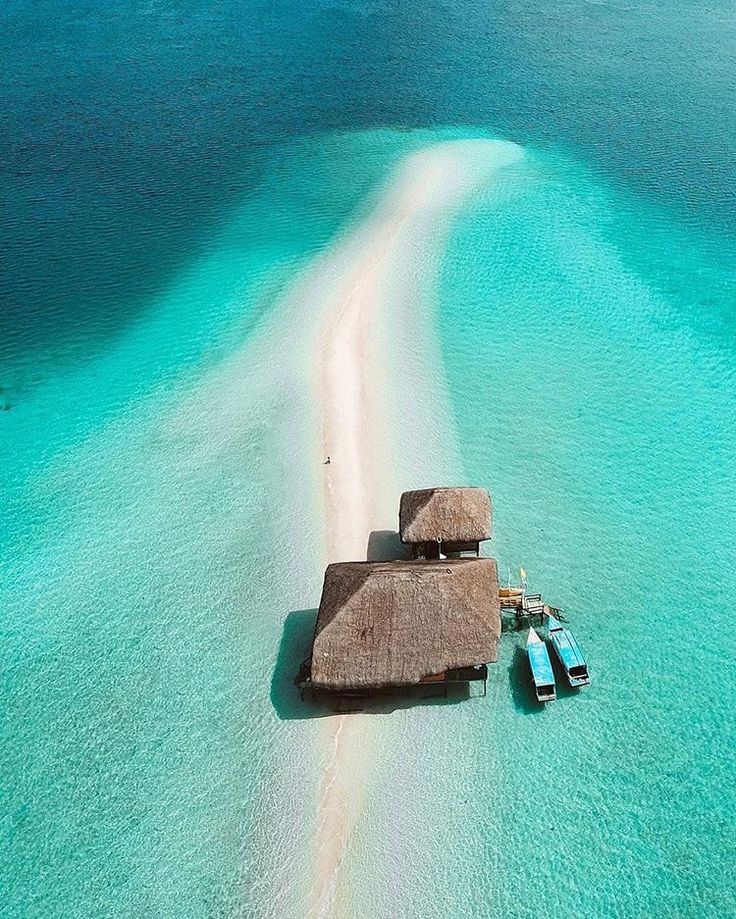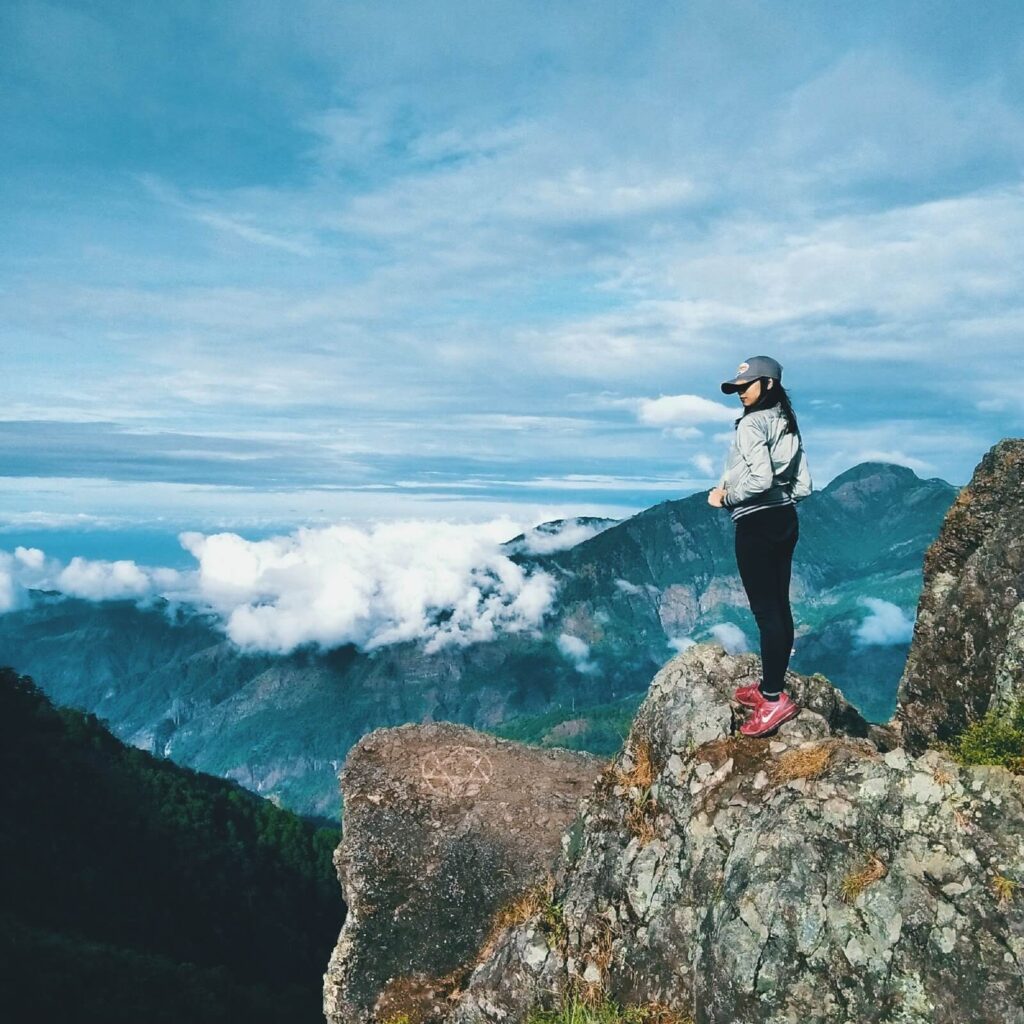Beach Adventures in the Philippines
Top 10 Beach Destinations
The Philippines is home to some of the most stunning beach destinations in the world. Here are the top 10 must-visit beach destinations in the Philippines for beach lovers.
| Rank | Beach Destination | Highlights |
|---|---|---|
| 1 | Boracay | Famous for White Beach, Puka Beach, and vibrant nightlife. (Guide to the Philippines) |
| 2 | El Nido, Palawan | Renowned for its limestone cliffs, clear waters, and secret lagoons. (Klook) |
| 3 | Coron, Palawan | Best known for its wreck-diving sites and Kayangan Lake. (Klook) |
| 4 | Siargao | The surfing capital of the Philippines, famous for Cloud 9 surf break. (Klook) |
| 5 | Bohol | Alona Beach and the iconic Chocolate Hills add to its charm. (Guide to the Philippines) |
| 6 | Panglao Island | Popular for diving spots and white sandy beaches. (Guide to the Philippines) |
| 7 | Camiguin | Known as the “Island Born of Fire,” it features hot springs and idyllic beaches. |
| 8 | Pagudpud | Pristine beaches like Saud Beach, famed for its tranquility. |
| 9 | Bantayan Island | Known for its crystal-clear waters and beautiful sandy shores. |
| 10 | Dumaluan Beach | Family-friendly beach near Alona Beach in Bohol, perfect for relaxation. |
Unique Island Hopping Routes
Island hopping in the Philippines is a unique adventure filled with breathtaking views and diverse marine life. Here are some of the ultimate island hopping routes in the Philippines:
Palawan: El Nido to Coron
One of the most common itineraries for island hopping in Palawan:
- Bacuit Bay (El Nido): Famous for its dramatic limestone formations and hidden lagoons.
- Secret Lagoon: Accessible through a small hole in the rock, offering serenity and beauty.
- Big Lagoon: Ideal for kayaking and enjoying the crystal-clear waterways.
- Twin Lagoon (Coron): Known for its two lagoons connected by a small opening, ideal for swimming and snorkeling.
For more detailed routes and tips, visit our guide on palawan island hopping routes.
Siargao: Naked Island to Guyam Island
Siargao offers a unique island-hopping experience with pristine beaches and rich marine biodiversity:
- Naked Island: A small, powdery white sandbar surrounded by azure waters.
- Guyam Island: A tiny island perfect for picnics and enjoying the serene landscape.
- Daku Island: Known for its coconut palm trees and beautiful white sand.
Visayas: Cebu to Bohol
Explore the islands between Cebu and Bohol with this unique route:
- Malapascua Island: Renowned for diving spots with thresher sharks.
- Kalanggaman Island: Famous for its sandbars extending from both ends of the island.
- Pamilacan Island: Known for dolphin watching and its rich marine sanctuary.
The Philippines’ diverse beach destinations and island-hopping routes offer endless adventures for beach lovers. Discover more about the best islands to visit in the Philippines and plan your dream escape.
Best Islands in the Philippines
Hidden Gems to Explore
When it comes to the top beach destinations in the Philippines, some islands stand out as hidden gems, offering unique experiences away from the usual tourist routes. These off-the-beaten-path islands provide pristine beaches, clear waters, and rich marine life for an unforgettable adventure.
Great Santa Cruz Island, Zamboanga
Known for its rare pink sand beach, Great Santa Cruz Island is a picturesque destination characterized by its pinkish hue derived from crushed red organ pipe coral (Klook).Siargao, near Mindanao
Often called the “Surfing Capital of the Philippines,” Siargao is renowned for its excellent surfing waves, vibrant island culture, and eco-friendly tourism initiatives. The island also offers beautiful reefs and luxury resorts (National Geographic).Panglao Island, Bohol
This limestone island is known for its diving locations and beautiful white-sand beaches, including Alona, Tawala, and Doljo. Panglao boasts premium accommodations and a newly-built airport for better access (National Geographic).Camayan Beach Resort, Subic Bay
Located away from the hustle of Manila, Camayan Beach Resort offers a close-to-nature experience with sightings of marine life and wild monkeys. Resort facilities include diving equipment rentals, dining options, and function rooms (Guide to the Philippines).
Weather and Season Guide
Understanding the weather patterns and the best seasons to visit the Philippines can help ensure a pleasant and enjoyable trip. The climate of the Philippines is mostly tropical, with a total of three seasons:
| Season | Duration | Weather Characteristics |
|---|---|---|
| Dry Season | December – May | Ideal for beach activities and island hopping |
| Rainy Season | June – November | Frequent rainfall, prone to typhoons from July to September |
| Cool Dry Season | December – February | Pleasantly cool, with lowest temperatures near the year-end season |
Best Time to Visit
Dry Season (December to May)
This is the ideal time for island hopping in Palawan and visiting the best islands. The weather continues sunny, and rainfall is negligible, making it ideal for beach sports and exploration.Rainy Season (June to November)
Travelers may find airfare to be cheaper during the rainy season, but should be cautious of potential typhoons. This period can also offer fewer crowds and quieter beaches.
For a more detailed understanding of when to plan your visit, check out our best time to travel to the Philippines guide.
Additional Tips
- Avoid Typhoon Season (July to September): This period experiences the most rainfall and typhoons, which can disrupt travel plans.
- Peak Travel Times (Holy Week/Easter, Christmas): Prices for accommodations and flights may increase due to high demand.
Incorporating knowledge of the seasons and hidden gem destinations can greatly enhance travel experiences in the Philippines. Whether it’s surfing in Siargao or exploring the pink sands of Great Santa Cruz Island, there is much to discover. For those interested in more sustainable travel, our guide on eco-tourism in the Philippines offers valuable insights.

Sustainable Island Tourism
Eco-Friendly Practices
Sustainable tourism is essential for preserving the natural beauty and resources of the Philippines’ top beach destinations. Here are some eco-friendly practices that help ensure these beautiful islands can be enjoyed for generations to come:
Waste Management: Proper waste disposal is crucial. Tourists should always use designated trash bins and avoid littering on beaches and other natural areas. Opting for reusable items, such as water bottles and shopping bags, reduces plastic waste, which is a significant pollutant in marine environments.
Marine Conservation: Avoid disturbing marine life. When swimming, snorkeling, or diving, tourists should not touch or step on coral reefs. Coral reefs are sensitive ecosystems that can be easily harmed. Supporting local conservation efforts through donations or volunteer work can also make a difference.
Energy Conservation: Use energy-efficient accommodations and opt for eco-friendly resorts that utilize renewable energy sources. Reducing energy consumption by turning off lights, air conditioning, and electronic devices when not in use helps minimize the carbon footprint.
Water Conservation: Water is a valuable resource on islands. Tourists should take shorter showers, reuse towels, and avoid unnecessary water use. Choosing accommodations that implement water-saving practices is also beneficial.
Sustainable Transportation: Use eco-friendly transportation options such as bicycles, electric scooters, or walking for short distances. Opt for public transport, carpooling, or eco-friendly vehicles for longer trips.
Support Local: Supporting local businesses, such as eateries, shops, and tour operators, stimulates the local economy and encourages sustainable tourism practices. Purchasing locally made products also reduces the carbon footprint associated with importing goods.
Responsible Travel Tips
Being a responsible traveler not only ensures a positive experience but also benefits the local environment and communities. Here are some tips for traveling responsibly in the Philippines:
Respect Local Culture: Accept and respect local norms and traditions. Learning a few simple phrases in the local language can go a long way toward demonstrating respect and appreciation for the culture. Dress modestly, especially in conservative areas, and be mindful of local customs and traditions.
Mindful Marine Activities: Avoid activities that exploit marine life such as coral reef fishing, and always practice responsible snorkeling and diving. When engaging in water sports, ensure that the operators follow sustainable and ethical guidelines. Visit our eco-tourism in the philippines page for more information.
Leave No Trace: Follow the principles of “leave no trace” by cleaning up your campsite and leaving natural areas as you found them. Carry reusable containers to reduce the need for single-use plastics and always pack out all waste.
Limit Footprint on Natural Habitats: Stick to designated paths and trails to avoid damaging natural habitats. When island hopping, choose operators who follow practices aimed at reducing the environmental impact of tourism. Discover sustainable palawan island hopping routes.
Participate in Conservation Programs: Engage in local conservation programs and activities such as beach cleanups or tree planting. Contributing to these initiatives can have a lasting positive impact on the environment.
Educate Others: Share knowledge and experiences about sustainable travel with others to promote responsible tourism. Advocate for environmental protection and sustainable practices within your travel community.
By adopting these eco-friendly practices and responsible travel tips, tourists can help preserve the stunning beauty of the Philippines’ islands and support the well-being of local communities. For more information on the best islands to visit, including hidden gems, check out our guide on the best islands to visit in the philippines.
| Practice | Description |
|---|---|
| Waste Management | Use designated bins, avoid plastic items. |
| Marine Conservation | Avoid disturbing marine life, support conservation. |
| Energy Conservation | Choose eco-friendly accommodations, reduce energy use. |
| Water Conservation | Practice water-saving habits, choose water-efficient facilities. |
| Sustainable Transportation | Use bikes, public transport, and eco-friendly vehicles. |
| Support Local | Shop and dine locally to boost the economy. |
Embracing sustainable tourism not only enriches your travel experience but also ensures the preservation of the Philippines’ breathtaking landscapes for future visitors.
Share this post: on Twitter on Facebook


